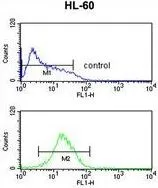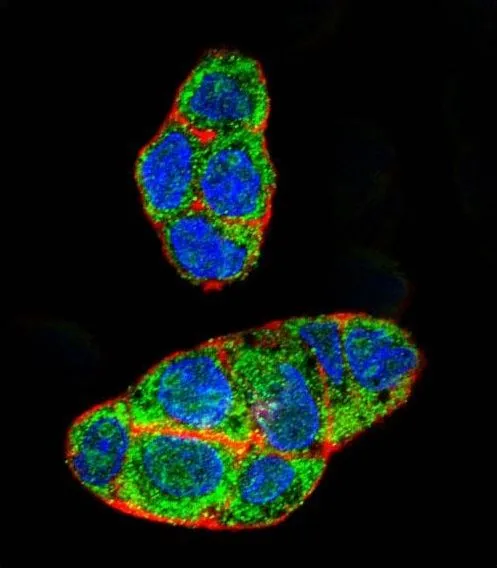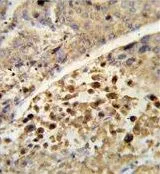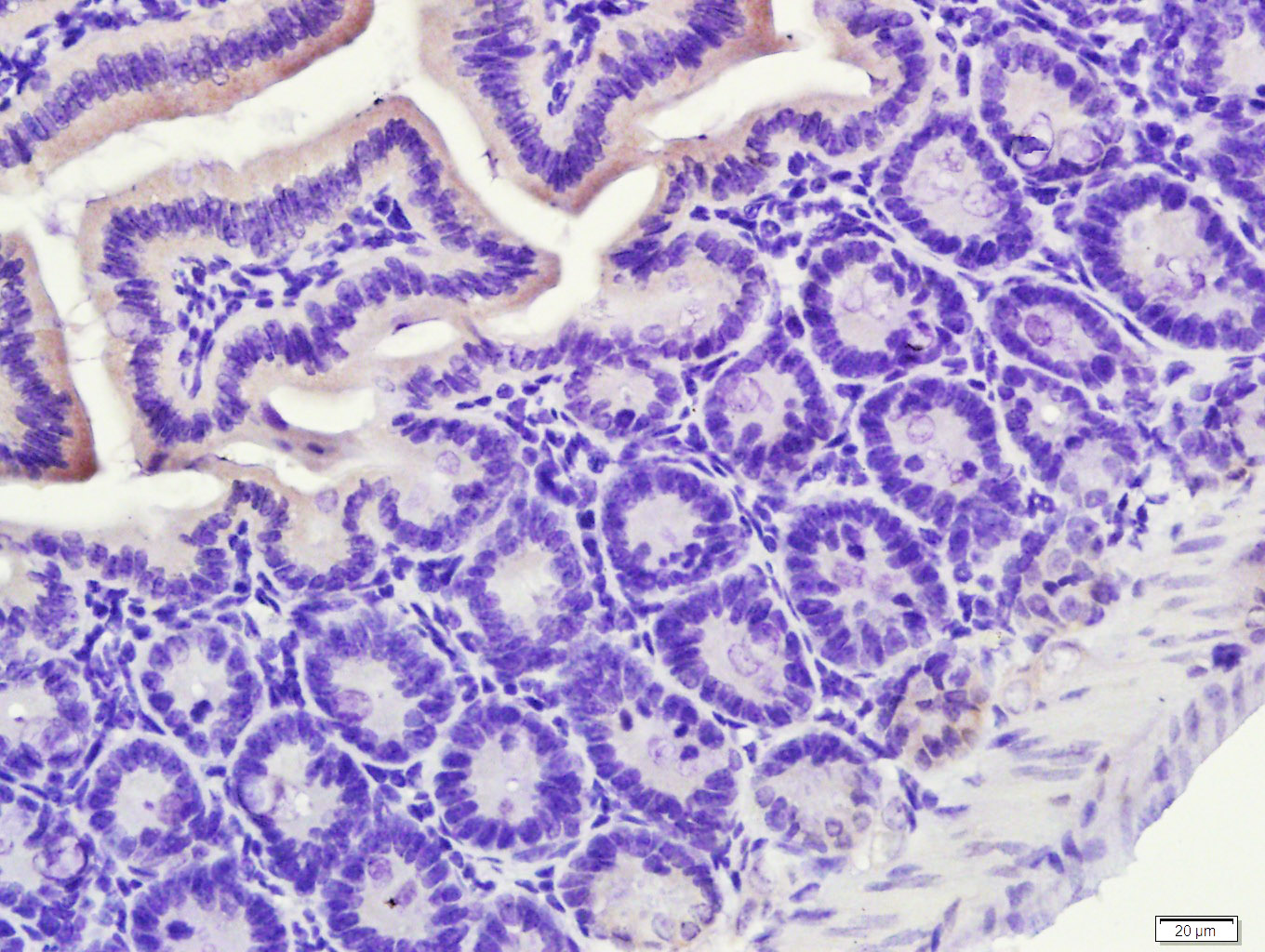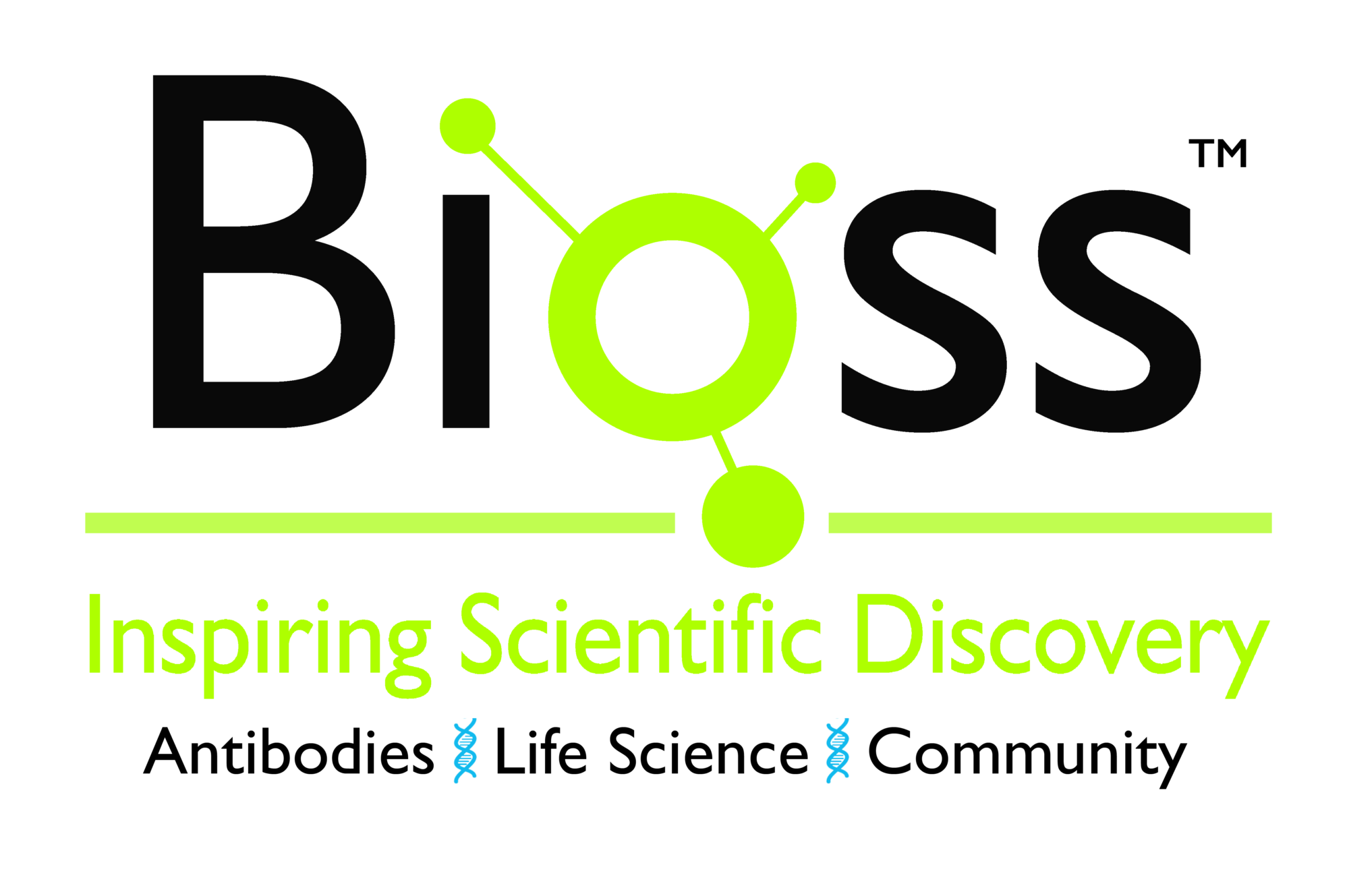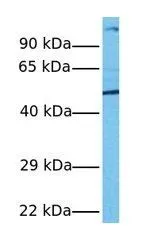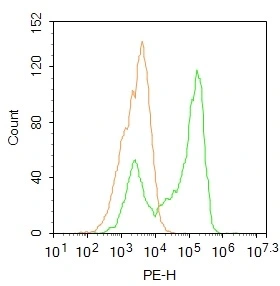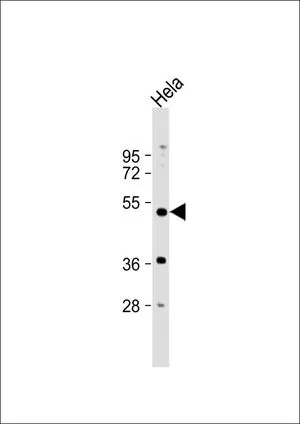
WB analysis of HeLa whole cell lysate using GTX81102 PXR antibody, Internal. Loading : 20 microg per lane Dilution : 1:1000
PXR antibody, Internal
GTX81102
ApplicationsFlow Cytometry, ImmunoFluorescence, Western Blot, ImmunoCytoChemistry, ImmunoHistoChemistry, ImmunoHistoChemistry Paraffin
Product group Antibodies
ReactivityHuman
TargetNR1I2
Overview
- SupplierGeneTex
- Product NamePXR antibody, Internal
- Delivery Days Customer9
- Application Supplier NoteWB: 1:1000. ICC/IF: 1:10-1:50. IHC-P: 1:50-1:100. FACS: 1:10-1:50. *Optimal dilutions/concentrations should be determined by the researcher.Not tested in other applications.
- ApplicationsFlow Cytometry, ImmunoFluorescence, Western Blot, ImmunoCytoChemistry, ImmunoHistoChemistry, ImmunoHistoChemistry Paraffin
- CertificationResearch Use Only
- ClonalityPolyclonal
- ConjugateUnconjugated
- Gene ID8856
- Target nameNR1I2
- Target descriptionnuclear receptor subfamily 1 group I member 2
- Target synonymsBXR, ONR1, PAR, PAR1, PAR2, PARq, PRR, PXR, SAR, SXR, nuclear receptor subfamily 1 group I member 2, orphan nuclear receptor PAR1, orphan nuclear receptor PXR, pregnane X receptor, steroid and xenobiotic receptor
- HostRabbit
- IsotypeIgG
- Protein IDO75469
- Protein NameNuclear receptor subfamily 1 group I member 2
- Scientific DescriptionThis gene product belongs to the nuclear receptor superfamily, members of which are transcription factors characterized by a ligand-binding domain and a DNA-binding domain. The encoded protein is a transcriptional regulator of the cytochrome P450 gene CYP3A4, binding to the response element of the CYP3A4 promoter as a heterodimer with the 9-cis retinoic acid receptor RXR. It is activated by a range of compounds that induce CYP3A4, including dexamethasone and rifampicin. Several alternatively spliced transcripts encoding different isoforms, some of which use non-AUG (CUG) translation initiation codon, have been described for this gene. Additional transcript variants exist, however, they have not been fully characterized. [provided by RefSeq, Jul 2008]
- ReactivityHuman
- Storage Instruction-20°C or -80°C,2°C to 8°C
- UNSPSC12352203
References
- Li H, Illés P, Karunaratne CV, et al. Deciphering structural bases of intestinal and hepatic selectivity in targeting pregnane X receptor with indole-based microbial mimics. Bioorg Chem. 2021,109:104661. doi: 10.1016/j.bioorg.2021.104661Read this paper
- He Y, Zhou X, Li X, et al. Relationship between CYP3A29 and pregnane X receptor in landrace pigs: Pig CYP3A29 has a similar mechanism of regulation to human CYP3A4. Comp Biochem Physiol C Toxicol Pharmacol. 2018,214:9-16. doi: 10.1016/j.cbpc.2018.08.006Read this paper


